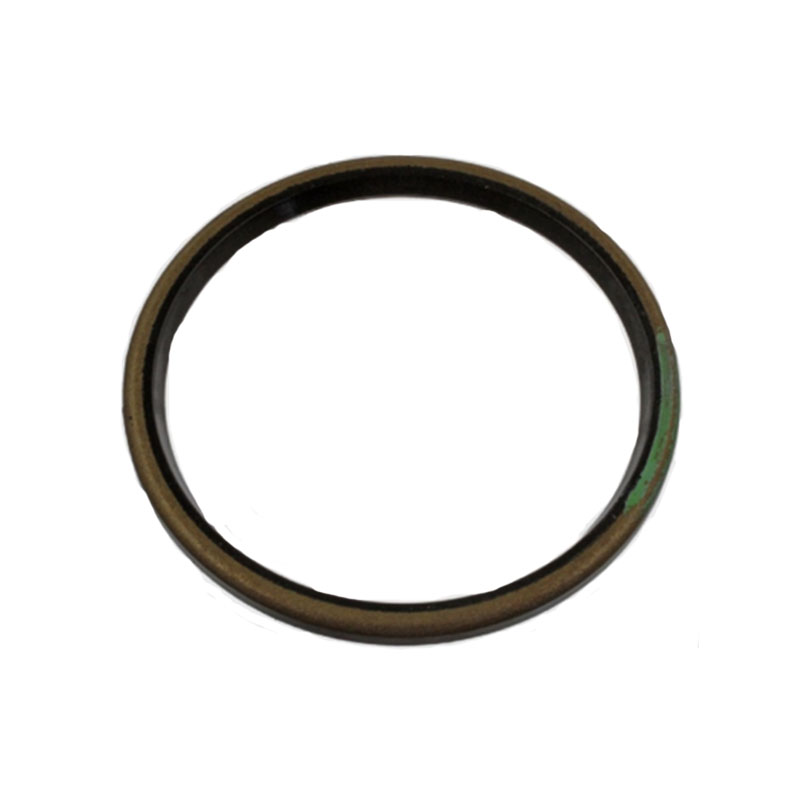Understanding the Benefits and Applications of Silicone Oil Seals in Various Industries
The Importance of Silicone Oil Seals in Modern Applications
Silicone oil seals have become an integral component in various industries due to their unique properties and versatility. These seals, made from silicone elastomers, provide reliable performance in applications ranging from automotive to aerospace, as well as in household items and industrial machinery. This article explores the characteristics, benefits, and applications of silicone oil seals, underlining their crucial role in modern engineering and manufacturing.
Characteristics of Silicone Oil Seals
Silicone oil seals are known for their exceptional flexibility, resilience, and durability. Unlike traditional rubber seals, silicone maintains its properties across a wide temperature range, typically from -60°C to +200°C (-76°F to +392°F). This thermal stability makes silicone oil seals ideal for environments subject to extreme temperatures. Additionally, silicone materials exhibit excellent resistance to aging, UV radiation, and ozone, ensuring a longer lifespan compared to their rubber counterparts.
Another notable feature is their low compression set, which means they can recover to their original shape after being compressed. This characteristic is particularly important in sealing applications where maintaining a proper seal under pressure is critical. Silicone oil seals also resist water and various chemicals, making them suitable for use in harsh environments where exposure to corrosive substances or moisture is a concern.
Benefits of Using Silicone Oil Seals
The advantages of silicone oil seals make them a preferred choice for manufacturers
. First and foremost, their long-lasting nature reduces the need for frequent replacements, which in turn minimizes maintenance costs and downtime. This reliability is a crucial factor in industrial settings where productivity is paramount.Secondly, silicone seals are incredibly versatile. They can be formulated to meet specific requirements, including hardness, color, and resistance to different chemicals. This customization allows engineers to design seals that suit precise applications, whether it be in high-performance automotive engines or delicate medical devices.
silicone oil seal

Moreover, the manufacturing process of silicone oil seals is relatively straightforward, enabling large-scale production. The ability to create complex shapes and sizes ensures that they can fit a wide variety of applications. This adaptability is a significant advantage when dealing with unique sealing requirements in different industries.
Applications of Silicone Oil Seals
Silicone oil seals are widely utilized in numerous sectors. In the automotive industry, they are commonly used in engines, gearboxes, and fuel systems. Their ability to withstand high temperatures and resist oil degradation makes them essential for enhancing vehicle performance and longevity.
In the aerospace sector, silicone seals play a critical role in ensuring the integrity of fuel systems and various components subject to extreme conditions. Their lightweight nature contributes to overall weight reduction, which is vital for improving fuel efficiency.
The medical industry also exploits silicone seals in devices such as syringes, IV bags, and other equipment that require sterilization. The biocompatibility and resistance to sterilization processes make silicone oil seals an ideal choice in this demanding field.
Beyond these industries, silicone seals are also used in consumer products, such as kitchenware and electronic gadgets, where durability and resistance to heat and moisture are essential.
Conclusion
Silicone oil seals are indispensable components in many industries, thanks to their unique properties and adaptability. As technology continues to advance, the demand for high-performance sealing solutions, like silicone oil seals, will only increase. Whether in harsh industrial environments or everyday consumer products, these seals provide reliability and efficiency, paving the way for innovations across various sectors. Understanding their value is crucial for anyone involved in design, manufacturing, or maintenance in today's fast-paced world.
-
The Ultimate Guide to Car Repair Kits: Tools and Essentials Every Driver Should Own
News Aug.01,2025
-
The Complete Guide to Oil Pan Gaskets: Sealing Engine Leaks the Right Way
News Aug.01,2025
-
Preventing Oil Leaks: A Complete Guide to Oil Pan Gaskets and Drain Seals
News Aug.01,2025
-
Everything You Need to Know About Oil Pan Gaskets and Drain Plug Seals
News Aug.01,2025
-
Essential for Car Owners: How to Use a Car Repair Kit to Deal with Minor Breakdown
News Aug.01,2025
-
Comprehensive Guide to Engine Oil Sump Gaskets and Related Seals
News Aug.01,2025
-
The Ultimate Guide to Boat Propeller Bearings and Trailer Wheel Bearings
News Jul.31,2025
Products categories















